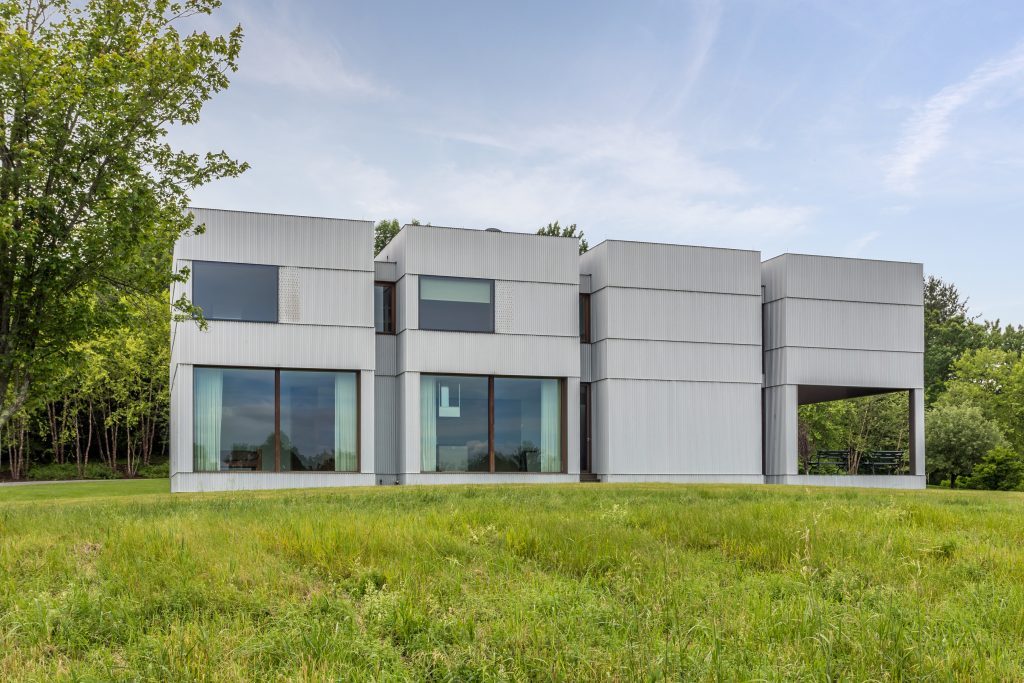Co-living has been growing in popularity throughout recent years, with the main focus of purpose-designed buildings within this sector being on single young professionals renting in the short-term.

However, following the COVID-19 pandemic, the resulting lockdowns and the rise of home-working, new trends have emerged within the Co-Living industry that reflect the changing nature of this type of residence.
Co-Living and Build To Rent spaces are now becoming places to socialise and work, not simply places to stay.
In this article, we explore some of the growing trends within the Co-Living sector as this form of renting undergoes an exciting transformation.
Social Spaces
Many tenants across the UK found that their social lives suffered significantly throughout lockdown, which in turn put a key element of their mental wellbeing at risk.
Many Co-Living properties already feature communal spaces such as lounge areas, gyms and sun terraces – but in the post-COVID era, developers are likely to take these elements to a whole new level.
The aim will be to create a community within each building, where residents can choose to interact with one another as much or as little as they prefer in order to maintain a healthy social life despite busy schedules and other restrictions.
“It’s a model that works well in bigger cities where people often arrive on their own, for example, and find it hard to build connections / new friendship groups,” comments Ruban Selvanayagam of homebuying group Property Solvers.
Co-Living / Co-Working
More and more Co-Living locations are likely to feature co-working spaces alongside residential zones. This seems a natural step, mainly as a result of flexible work spaces becoming more and more prevalent and instances of home or hybrid working on the rise.
Smart Tech
Another take-away from the COVID crisis is the inclusion of advanced technology in residential spaces. For example, more and more shared buildings are investing in keyless and cardless entry, smart locks and other access solutions.
Remote and automatic services for elements such as rent payment and the arrangement of maintenance visits are also becoming more popular.
Family Focus
Increasing numbers of developers are realising that Co-Living isn’t only for single young professionals. As the field moves forward, we’re likely to see spaces tailored to the needs of families and the elderly as well as younger renters.
In some cases, one building will offer facilities to support multiple lifestyles, allowing the same individuals to move to new zones within the same location as their requirements change.
Sustainability
Vitally, eco-friendliness is growing as a trend among a wide range of different property sectors, including real estate, commercial and rental.
Many potential residents are likely to list this as a key consideration when moving – which means that prioritising sustainability is not just the most responsible thing for a developer to do, but also a great way to appeal to future tenants.
The above trends will continue to develop as the Co-Living sector progresses and grows. For this reason, it is important that investors and developers in this field are able to follow them, keeping up with competitors and offering new and interesting approaches to communal renting.
By focusing on socialising, home working, new tech, facilities for families and older tenants and all-important sustainability, there is a great deal to be achieved by any forward-thinking Co-Living organisation.



